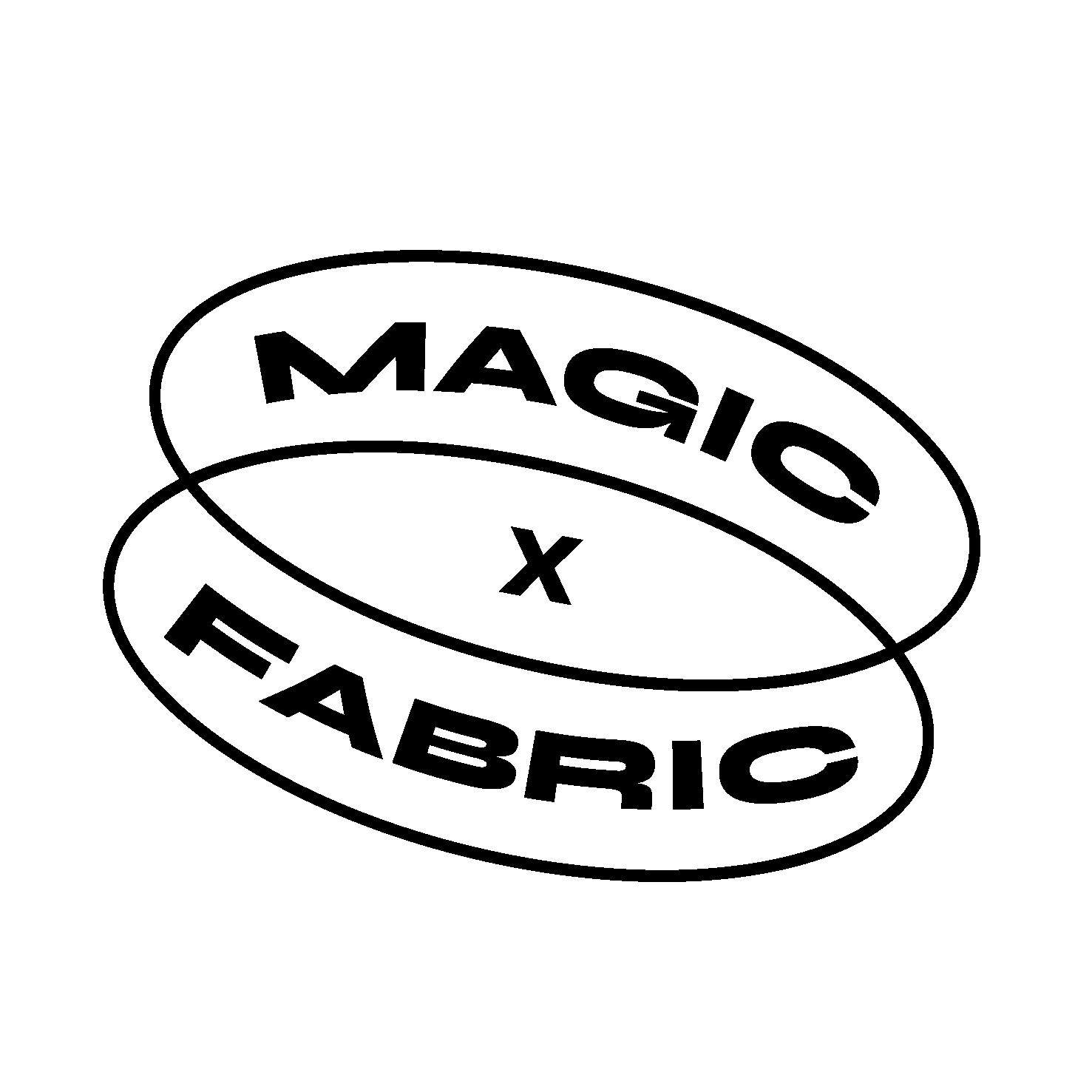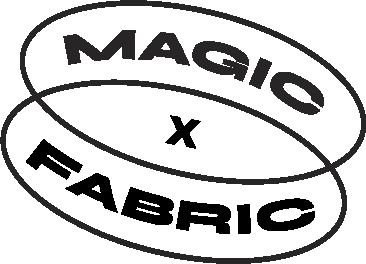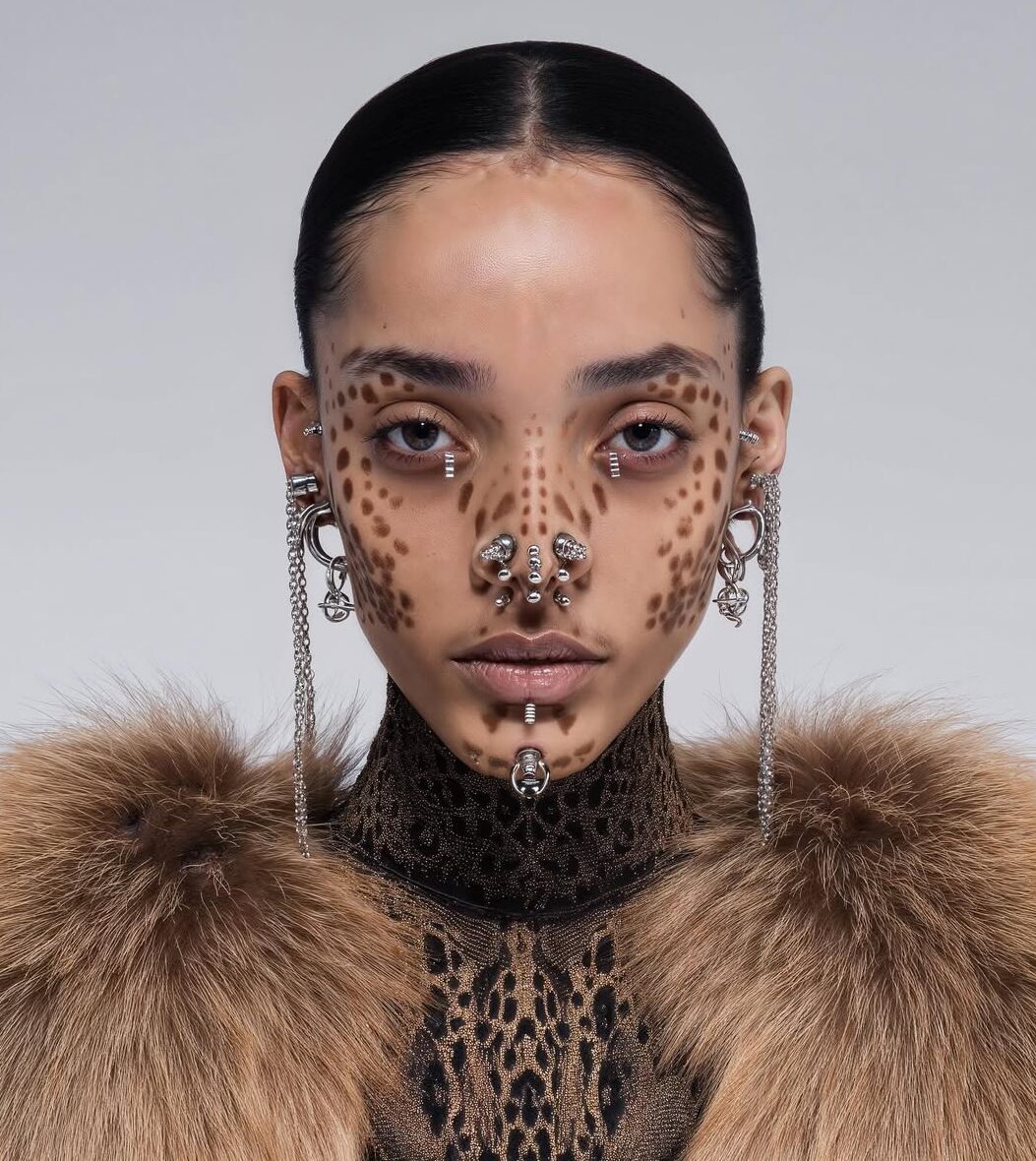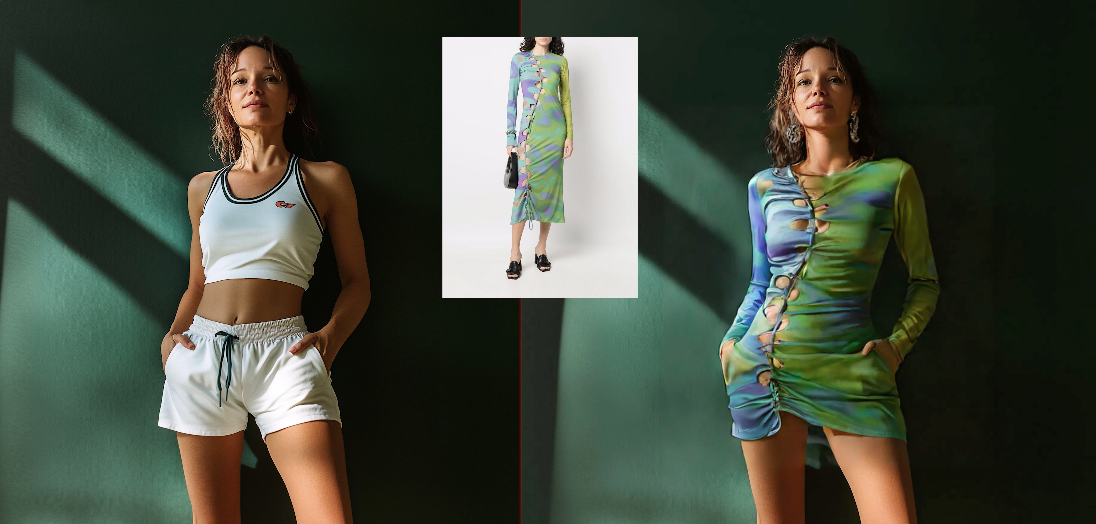
Do I Own My AI Art?
Generative AI has turned the concept of art on its head, making it possible for anyone to create images with just a few clicks. But who really owns the copyright to these works? Is it the creator, the owner of the AI model, or no one at all?
Copyright on AI-generated art is a complex issue that is interpreted and likely will be interpreted differently depending on where in the world it is applied. But generally, the US and EU have a similar stance on the issue – ruled that “human authorship is a bedrock requirement for copyright.” In practice: If you’re a content creator, merely modifying an image through e.g. retouching or making additions that do not change an artwork in a way that it can be considered a new image does not automatically grant you copyright. Generating an AI image and then e.g. changing the background, lighting, objects in the picture, etc., does not legally make you the image owner.
With the rapid development of AI tools capable of creating content, images and text, both Europe and the US have been faced with the challenge of adapting their copyright frameworks. This is the current situation regarding copyright for AI-generated art in 2024:
Europe
In Europe, there is some uncertainty around how to apply copyright laws to artworks created by AI. Some countries, like Germany, believe that AI generators cannot be considered authors, while others, like the UK, leave the question open for interpretation. But overall, European copyright law denies copyright to works created “absent any guiding human hand”. According to the EU’s AI regulations – “AI act”, which is about to come into effect, does not specifically mention AI-generated art but lays the groundwork for how copyright issues may be applied in the future.
Here are some points to consider:
- Originality is key: According to the regulation, AI-generated works can receive copyright protection if they are considered “creations” and exhibit “originality”.
- Focus on the human behind: The EU AI Act emphasizes accountability on the part of the actor who developed or used the AI tool. This could affect who is considered to own the copyright to AI art.
- No automatic protection: The regulation does not automatically grant copyright protection to AI-generated artworks. An assessment of originality and the identity of the author is still required.
The EU AI Act aims to establish a regulatory framework for the use of AI and the law was finalized in March 2024. Most of the requirements set out in the AI Act, however, are expected to come into effect only in the first half of 2026. There is an earlier application of some rules, especially those concerning general AI systems, expected to start in early 2025. When the EU adopts a regulation, such as the EU AI Act, it becomes directly applicable in all member countries without needing to be incorporated into national legislation. EU law stands above national law.
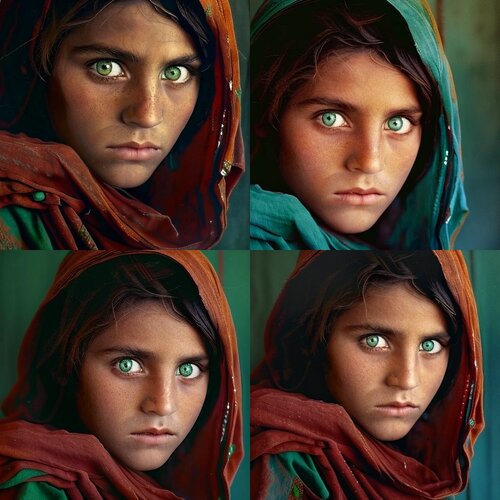
An example where Midjourney V4 outputs potentially copyright-infringing imagery using the prompt “Afghan girl.” (Source: Twitter/Midjourney Discord)
USA
A court recently decided in the US that AI-generated art cannot receive copyright protection. This is because US law requires that an author be a “human creator”.
Despite this decision, a growing movement in the US argues that AI-generated art should be covered by copyright protection. There is also a vivid debate around the fact that copyrighted material is being used as a part of the training datasets the AI models use, without providing attribution or compensation to the owners. As a user of these tools, you should consider the risk of the AI models unintentionally generating content that could infringe on existing copyrighted material (see image).
Can I still use AI-generated art in my commercial project?
It depends on the license of the specific AI model and artwork. Some models allow commercial use, while others do not. It’s always best to check the license terms before using AI-generated art in your work.
What if I used AI tools as part of my creative process?
If you used AI tools for minor changes or adjustments in your creative process, such as wording or correcting typos, the copyright likely remains. The main principle is that you are the primary creator and AI is only used as a tool. With image generators, it’s more difficult because the human component (the prompt) is not as prominent. The image generator does most of the work.

Case Study: “Zarya of the Dawn”
In 2022, artist Kris Kashtanova used Midjourney AI to create the visuals in her comic book “Zarya of the Dawn,”. It ended up in a court case which highlighted the application of copyright laws on AI-created art. Kris submitted her comic book to the US Copyright Office, which initially authorized it. This court case suggests that AI-created work could be protected under copyright law, potentially setting an exciting precedent for the future.
However, the situation took a turn when the Copyright Office withdrew its approval, citing that the artwork, lacking human authorship, failed to meet the essential copyright conditions. “We conclude that Ms. Kashtanova is the author of the Work’s text as well as the selection, coordination, and arrangement of the Work’s written and visual elements,” reads the copyright letter. “That authorship is protected by copyright. However, the images in the Work generated by the Midjourney technology are not the product of human authorship.”
The debate over copyright for AI-generated art continues to evolve both in Europe and the US. As legislators struggle to keep pace with technological advancements, it’s clear that upcoming regulations and legal decision-making will play an important role in how AI companies can operate in the global markets and how the output from the AI models can be used. This post is not intended as legal guidance. For artists, programmers and anyone using generative AI in creative work processes, it’s important to stay informed about these changes to safely and ethically navigate the legal aspects of their work. Consult a legal professional if you’re looking for advice on your specific case.
